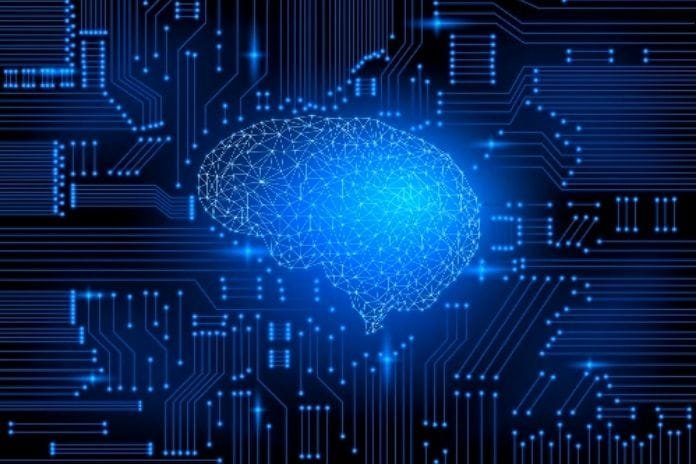AI and Machine Learning: What Is The Difference

AI and machine learning: We explain in detail to understand the main differences between these two fundamental concepts of Computing and today. Artificial intelligence and machine learning have been buzzwords in the tech industry in recent years, but what exactly do they mean? We want to address here how we can differentiate these two terms.
Digital Learning
The two terms are often confused and incorrectly used by companies looking to make their technology sophisticated. Artificial intelligence and machine learning are very different, with different implications for what computers can do and how they interact with us.
Machine learning is the computing paradigm driving the growth of “Big Data” and AI. It is based on the development of neural networks and deep learning. Typically this is described as mimicking how humans learn, but this is incorrect. Machine learning relates to statistical analysis and interactive learning.
Instead of building a traditional program of logical statements and decision trees, a neural network is made specifically for training and learning using a parallel network of neurons, each configured for a specific purpose.
The nature of any particular neural network can be very complicated. Still, the key to the way they work is by applying weights (or importance factors) to some input attribute. Using networks of various weights and layers, it is possible to produce a probability or estimate that their input matches one or more of the defined outputs.
The problem with this type of computation, as with regular programming, is that it depends on how the human programmer configures it, and readjusting all these weights to refine the accuracy of the output can take many person-hours to be feasible. A neural network transition into the machine learning domain once a corrective feedback loop is introduced.
“Training” The Machine
By monitoring the output, comparing it to the input, and gradually reducing the neuron weights, a network can train itself to improve accuracy. The critical part here is that a machine learning algorithm can learn and act without programmers, specifying all possibilities within the dataset.
Training a network can be done in many different ways, but they all involve an iterative brute force approach to maximize output accuracy and teach optimal paths through the web. However, this self-training is still a more efficient process than optimizing an algorithm manually. It allows algorithms to change and sort much more significant amounts of data in much faster times than would otherwise be possible.
Once trained, a machine learning algorithm can classify new inputs across the network with great speed and real-time accuracy. This makes it an essential technology for computer vision, speech recognition, language processing, and scientific research projects.
What Is And Isn’t AI
Machine learning is an intelligent processing technique, but it lacks natural intelligence. An algorithm doesn’t need to understand precisely why it self-corrects, just how it might be more accurate in the future.
A machine learning algorithm that can sift through a database of images and identify the main object in the picture doesn’t look bright because it’s not applying that information in a “humane” way.
Artificial intelligence can be divided into two large groups: applied or general. Applied artificial intelligence is much more viable now. It is more closely tied to the machine learning examples above and designed to perform specific tasks. This could be commercial inventory, managing traffic in a smart city, or helping diagnose patients.
Artificial general intelligence is, as the name implies, broader and more capable. It can handle a wider range of tasks, understands virtually any data set, and therefore appears to think more broadly, just like humans. General AI, theoretically, could learn outside of its original knowledge set, potentially leading to rampant growth in its skills.
Looking To The Future
Machine learning and artificial intelligence applications are already here for all the scientific jargon and technical talk. We’re still a long way from living alongside general AI, but if you’re using Google Assistant or Amazon Alexa, you’re already interacting with a form of applied AI.
Machine learning used for language processing is one of the critical enablers of today’s smart devices, although they are not smart enough to answer all your questions.
The smart home is just the last use case. Machine learning has been employed in the realm of big data for a while now, and these use cases are increasingly encroaching on AI territory. Google uses it for search engine tools. Facebook is used to optimize advertising.


